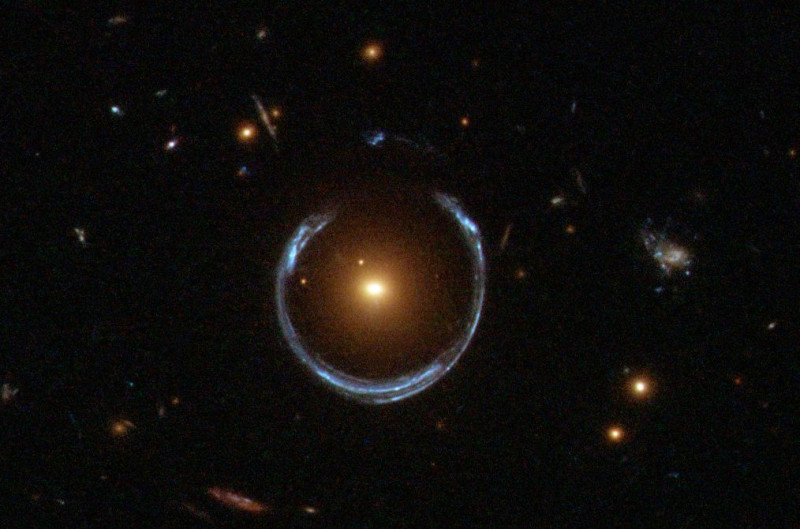During alignment, the closest galaxy to the center distorts light from the farthest galaxy behind it, creating Einstein’s “Ring” phenomenon
A perfect alignment of two galaxies recorded the NASA space telescope, James Webb.
During alignment, the closest, massive galaxy to the center distorts light from the farthest galaxy behind it, creating the rare secular “ring” of Einstein (also known as “Einstein -Havols” or “Ring”).
Expand Your Imagination 🍥
What appears to be a single galaxy is actually two that are far apart! The Closer Galaxy is in the Image’s Center, While the More Distant Galaxy Appears to be wrapped around it in a Rare Phenomenon We Call an “Einstein Ring.” Https://t.co/PXB6KHWZC8 pic.twitter.com/pt65liwibf
– NASA Webb Tlescope (@NASAWBB) March 27, 2025
Einstein’s rings are formed when the image of a distant light source (eg a galaxy or star) is deformed in a ring -shaped, due to the phenomenon of its gravitational focus of one of another object of huge mass, such as a galaxy or a black hole.
Due to the gravitational focus the light is curved and if the source, the gravier lens and the observer are all aligned the light appears as a ring.
This phenomenon is very “weak” to be observed locally, but sometimes it is clearly observed when we are dealing with huge, astronomical scales, such as when light from a galaxy is bent around another galaxy or flock of galaxies.
Source :Skai
I am Terrance Carlson, author at News Bulletin 247. I mostly cover technology news and I have been working in this field for a long time. I have a lot of experience and I am highly knowledgeable in this area. I am a very reliable source of information and I always make sure to provide accurate news to my readers.











